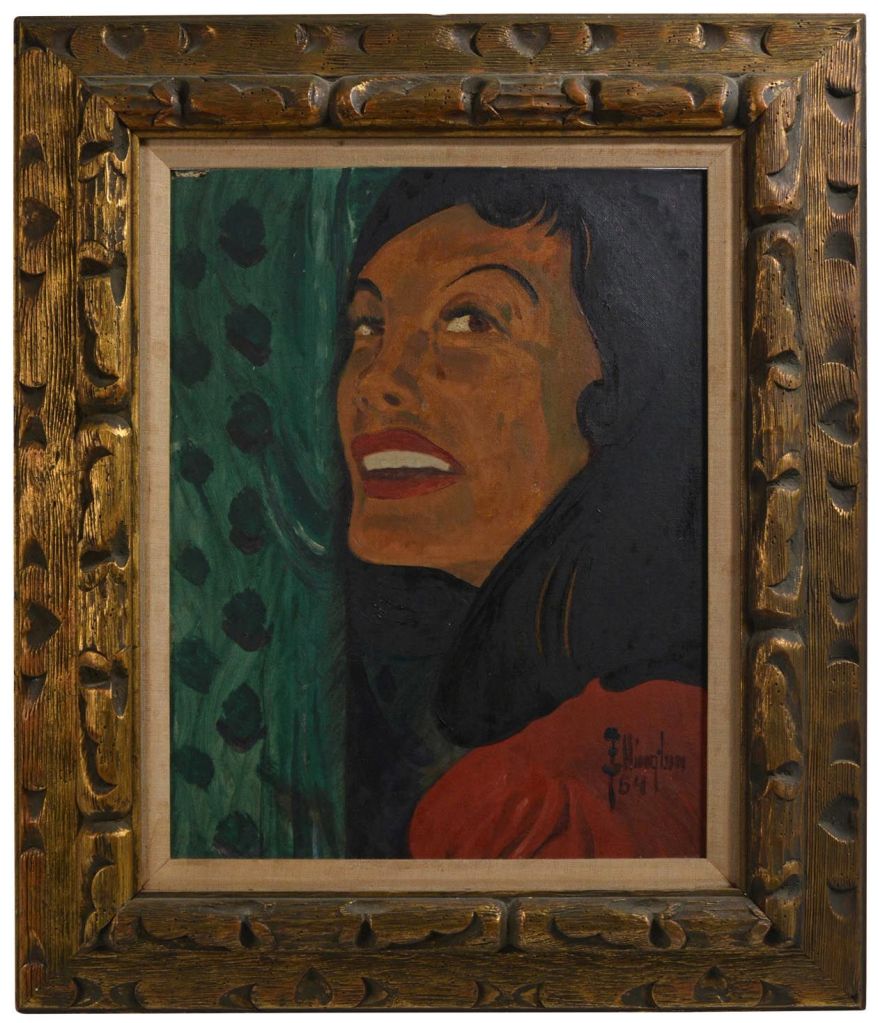Duke Ellington is one of jazz music’s undisputed icons. A pianist, bandleader and composer, he is regarded as one of the originators of big band jazz and even has a chance to showcase his genius within smaller combos. Ellington was equally great at writing music for dance halls and symphony halls, music that you could thoughtlessly dance to and challenging music that often represented heavy social and political themes. In short, there is no doubt about it; Duke Ellington is simply an artist whose influence on jazz as well as popular and classical music could never be overstated.
But was there a secret to the rich tonal palette of his music? Those sensuous melodies and daring harmonies of his works and their general originality? Well, it has been said that his talent as musician, bandleader and composer and his general unique approach to music was shaped by a condition known as synesthesia. This is a neurological condition characterized by a merging of the brain’s sensory circuitry. Ellington’s particular type of synesthesia is called chromosthesia, where sounds involuntarily evoke an experience of color.

To put it simply, Ellington could hear sounds as colors and could see colors as sound. It’s no surprise that he showed early signs of genius as a painter and that according to many sources, in his mid-teens he received a scholarship to attend New York’s prestitigious Pratt Institute but while he once had dreamt of becoming a professional painter, by age 16 he had focused primarily on music. Nevertheless, in his late teens and early twenties, as he played in several bands and even led his earliest ensembles, he ran a small business as a sign painter and poster designer. He was so successful in these various activities that he allegedly made a stellar $200 a week that allowed him to look after his own family as well as his parents, and to continue to invest in his growth as a bandleader.
Ellington continued to paint his entire life and looking at some of his work offers an interesting parallel between his representation of narrative in music and the visual arts. Take for instance “Satin Doll,” a song he composed with a little help from longtime collaborator Billy Strayhorn from 1953. Ellington made a painting of the same name that depicts a central character – a combination of some of the most important women in his life. We can also see the interplay between the masculine and the feminine that is also heard in the music’s seductive harmonization.

Duke Ellington’s nephew, Stephen James, wrote in the Cambridge Companion to Duke Ellington that “Given his synesthesia, it is not surprising that Duke referred to his band as his palette. He likened his stage performances to creating a new painting every night.” It is interesting to note how unlike some of his contemporaries, Ellington’s approach to bandleading was to masterfully embrace the talents of individual members rather than trying to alter the way they played to fit any given composition or arrangement. You can understand a lot about this process from his quote, whereby he expleined: “I hear a note by one of the fellows in the band and it’s one color. I hear the same note played by someone else and it’s a different color. When I hear sustained musical tones, I see just about the same colors that you do, but I see them in textures.”
At the same time, it’s also imporant to remember that Ellington never exclusively focused on the form itself and always strived to represent some type of narrative in all his works. Ellington himself would most likely have referred to a music focusing on form as mere doodling. As he once put it: “You can’t just throw a paint brush against the wall and call whatever happens art.”





Leave a Reply